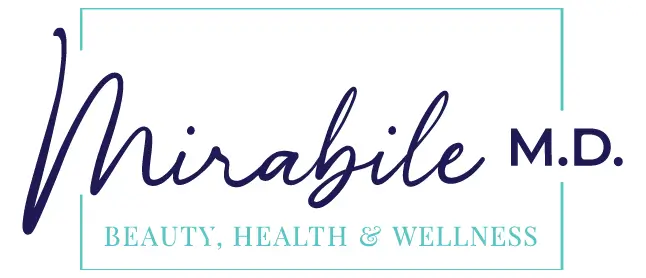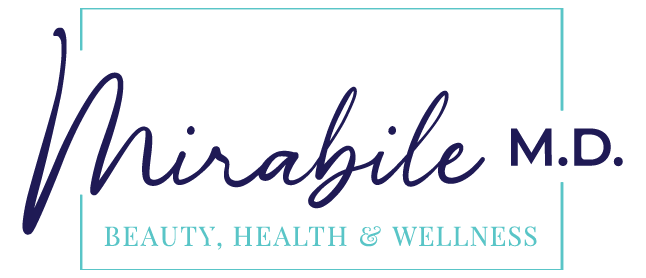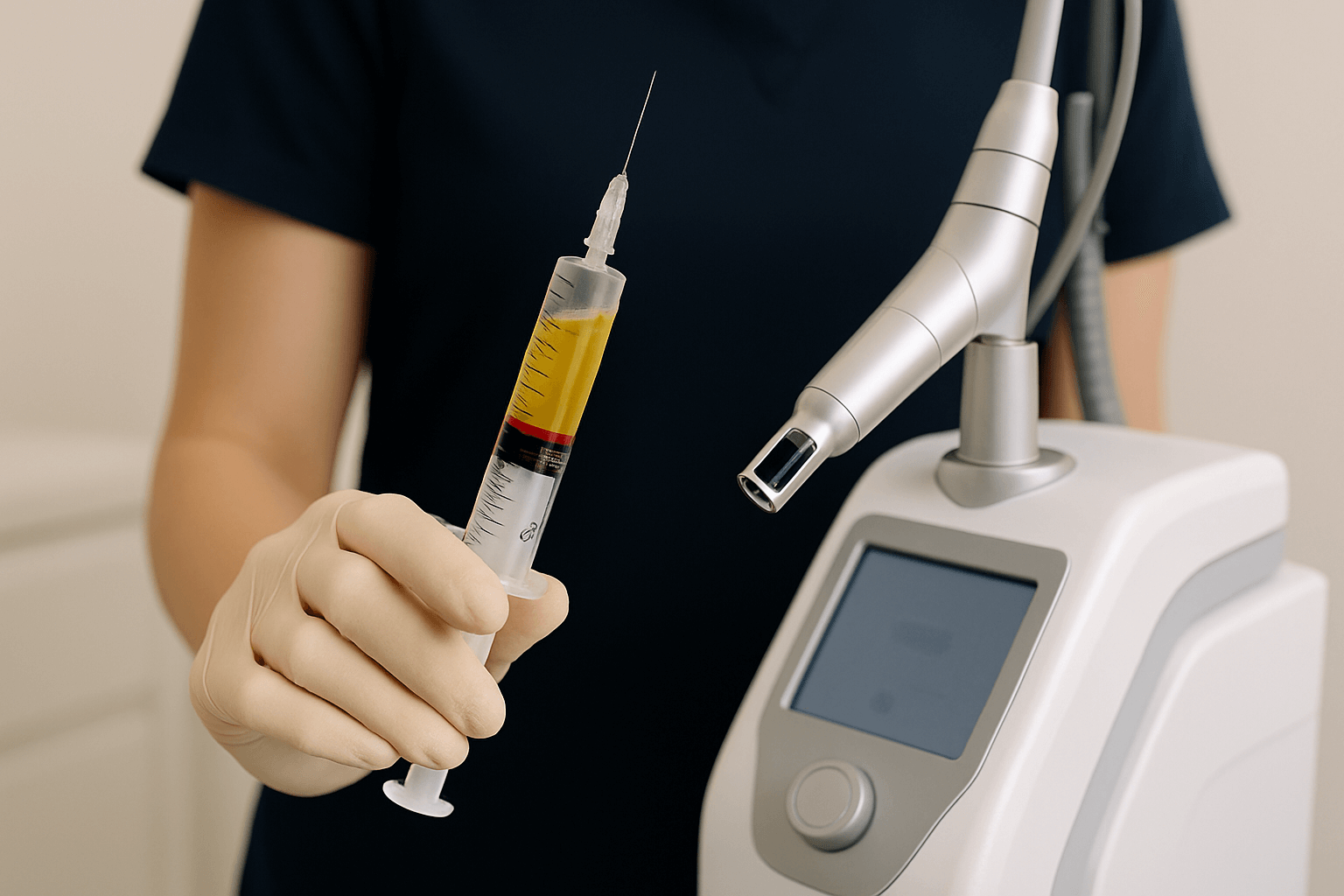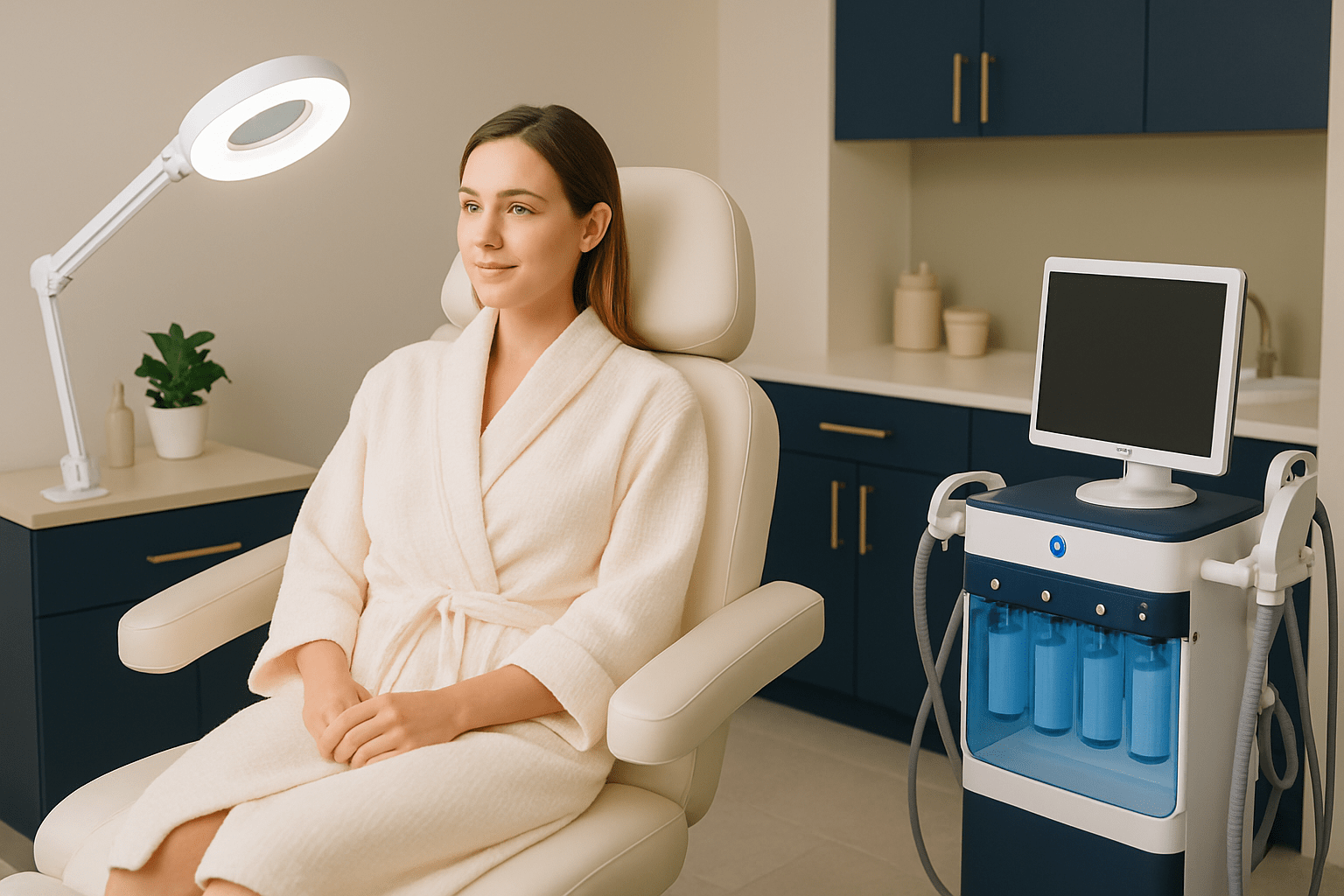Innovation in aesthetics moves quickly, but some breakthroughs genuinely change the game. Enter the pairing of platelet-rich plasma (PRP) with advanced laser treatments—a combination gaining buzz for its ability to accelerate healing, boost results, and supercharge skin rejuvenation. If you’ve ever wondered whether combining PRP with laser treatments is worth the hype, you’re not alone. Here’s the science, the benefits, and what to expect at every step.
Jump To:
TLDR – Quick Guide
- PRP and laser synergy: PRP harnesses your body’s growth factors, while lasers trigger collagen renewal; together, they work better.
- Benefits: Faster healing, reduced downtime, and enhanced overall results.
- Safety: Generally safe for most healthy adults; risks are minimal when performed by experienced providers.
- Ideal candidates: Best for those seeking more dramatic skin texture, tone, and elasticity improvements.
- What to expect: Slightly longer appointment, but more noticeable, longer-lasting skin improvements.
Detailed Breakdown
How Does Combining PRP with Laser Treatments Work?
Laser treatments—such as fractional resurfacing or intense pulsed light—create micro-injuries in the skin to stimulate new collagen and elastin production. PRP, derived from your own blood, is packed with concentrated growth factors and healing proteins. When PRP is applied immediately after laser treatment, it amplifies the skin’s natural repair process, accelerating healing and optimizing your final outcome.
What Are the Benefits of This Combination?
- Accelerated Healing: PRP reduces post-procedure redness, swelling, and discomfort, so recovery is quicker.
- Enhanced Results: Collagen production is ramped up, delivering firmer, smoother, more radiant skin than with lasers alone.
- Reduced Downtime: Patients often notice they return to regular activities sooner and with less lingering irritation.
- Fewer Treatments Needed: Enhanced tissue repair may allow you to achieve your desired results with fewer sessions.
Is Combining PRP with Laser Treatments Safe?
When performed by trained professionals, this combination is considered safe for most people. Because PRP uses your own blood, risk of allergic reaction or infection is extremely low. However, not all patients are candidates—certain health conditions, medications, or skin sensitivities may preclude treatment. A thorough consultation ensures safety and sets realistic expectations.
What to Expect Before, During, and After Your Treatment
Before:
You’ll undergo a medical evaluation and discuss your skin goals. Pre-procedure instructions may include avoiding certain medications or skincare products.
During:
Your provider draws a small amount of blood, which is spun in a centrifuge to separate the PRP. The chosen laser treatment is performed first. PRP is then applied to the treated skin, either topically or via microneedling, depending on your plan.
After:
Expect some redness, mild swelling, and tightness. Healing is usually faster than with laser alone. Most patients see smoother, more youthful-looking skin within days to weeks, with ongoing improvement as collagen continues to rebuild.
Key Takeaways
- Combining PRP with laser treatments is an evidence-based way to boost skin rejuvenation results and recovery.
- The process leverages the strengths of both modalities: lasers stimulate renewal, PRP accelerates healing.
- Safety is high, and downtime is typically reduced compared to laser alone.
- Individual results depend on skin health, treatment settings, and provider expertise.
- Professional guidance is key for safety and optimal outcomes.
Frequently Asked Questions
1. Is this combination right for everyone?
While most healthy adults can benefit, those with certain blood disorders, active infections, or specific skin conditions may not be suitable candidates. A medical evaluation is essential before treatment.
2. How many sessions are needed?
Many people see significant results after just one combined treatment, but a series may be recommended for optimal improvement, depending on your goals and skin concerns.
3. Does PRP make laser treatments more painful?
No, PRP is usually applied after the laser treatment and is not painful. In fact, PRP can help reduce post-treatment discomfort and speed up healing.
4. How long do results last?
Results can last several months, sometimes longer, with proper skincare and sun protection. Maintenance sessions can help prolong benefits.
5. Are there any risks or side effects?
Side effects are generally mild and temporary, including redness, swelling, or slight bruising. Serious complications are rare when the procedure is performed by a qualified professional.








